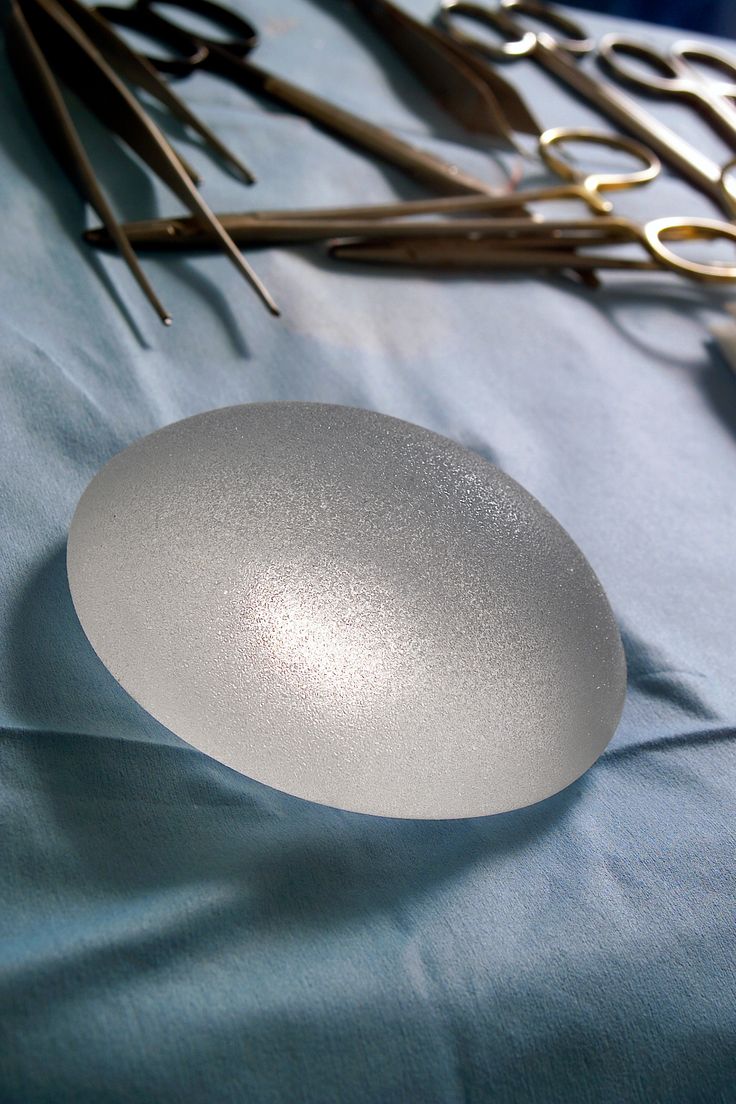- January 19, 2025
- Žygimantas Mačys
- 10:34 pm
Breast Augmentation
Capsular Contracture: What Every Breast Augmentation Patient Should Know
Hey, it’s Doctor Mačys!
As a Plastic Surgeon, I often encounter questions about capsular contracture. It’s a topic that deserves attention, as it’s one of the most common complications following breast augmentation surgery. Let’s dive into what it is, why it happens, and how we can work together to avoid it.
Whats is Capsular Contracture?
It occurs when after the breast augmentation the scar tissue (capsule) that naturally forms around breast implants tightens and squeezes the implant. Think of it like a bubble gum bubble collapsing. This tightening can cause the breast to feel firm, look distorted, and in some cases, become painful.

Why does Capsular Contracture occurs?
The exact cause of capsular contracture isn’t fully understood, but we’ve identified several contributing factors:
- Bacterial Contamination: Low-grade infections or biofilm formation around the implant can trigger an inflammatory response.
- Hematoma or Seroma: Blood or fluid collection in the implant pocket can increase the risk.
- Radiation Therapy: Patients who undergo radiation after breast reconstruction are at higher risk.
- Genetic Predisposition: Some individuals may be more prone to excessive scarring.
- Trauma or microtrauma.
Is Capsular Contracture serious?
As a plastic surgeon, I take capsular contracture seriously. While it’s not life-threatening, it can significantly impact a patient’s quality of life. The severity ranges from mild firmness to painful distortion of the breast. We use the Baker Scale to grade the condition:
Grade I The breast feels soft and looks natural
Grade II The breast is slightly firm but appears normal
Grade III The breast is firm and looks abnormal
Grade IV The breast is hard, painful, and appears abnormal
How to avoid Capsular Contracture?
Prevention is key, and there are several strategies we employ:
- Surgical Technique: Using submuscular placement and minimal handling of implants during surgery can reduce risk.
- Implant Selection: Textured implants may have a lower risk of contracture compared to smooth implants.
- Antibiotic Irrigation: We use antibiotic solutions to cleanse the surgical site, reducing the risk of bacterial contamination.
- Post-operative Care: Following your surgeon’s instructions, including breast massage (if recommended), is crucial.
- Regular Check-ups: Early detection through routine follow-ups can lead to more effective management.
While we can’t eliminate the risk entirely, these measures significantly reduce the chances of developing capsular contracture.
What is Capsular Contracture Treatment?
- The “Classic Combo”: This involves removing the old capsule (capsulectomy) and swapping in new implants. It’s like getting a fresh start, but with a side of surgical risks.
- The “Clean Slate”: Here, we remove both the implant and the capsule.
- The “Tension Release”: We make incisions in the capsule (capsulotomy) to loosen things up. Think of it as giving your implants some breathing room.
- The “Simple Exit”: Just removing the implant and leaving the capsule. It’s the quickest option, but may not address all issues.
Now, here’s the kicker: removing the entire capsule is riskier than just making incisions, but both methods have a chance of the problem coming back (anywhere from 0 to 54% – talk about a wide range).
For some patients, we’ve tried using ADM (acellular dermal matrix) as a sort of “protective blanket” to reduce repeat contractures. It’s shown promise, but it’s not a magic solution. It comes with its own set of potential complications and a heftier price tag.
Remember, every option has its pros and cons. We’ll work together to find the best fit for you – it’s not one-size-fits-all in this game!
Capsular contracture is a concern for both surgeons and patients, but it’s important to remember that with proper techniques and care, the risk can be minimized. As your plastic surgeon, I’m committed to providing you with the best possible outcome and will be with you every step of the way, from pre-operative planning to long-term follow-up care.
By understanding capsular contracture, you’re better equipped to make informed decisions about your breast augmentation journey. Always feel free to discuss any concerns with your plastic surgeon – we’re here to ensure your experience is as smooth and successful as possible.

Hey, it’s Doctor Mačys!
As a Plastic Surgeon, I often encounter questions about capsular contracture. It’s a topic that deserves attention, as it’s one of the most common complications following breast augmentation surgery. Let’s dive into what it is, why it happens, and how we can work together to avoid it.
Whats is Capsular Contracture?
It occurs when after the breast augmentation the scar tissue (capsule) that naturally forms around breast implants tightens and squeezes the implant. Think of it like a bubble gum bubble collapsing. This tightening can cause the breast to feel firm, look distorted, and in some cases, become painful.
